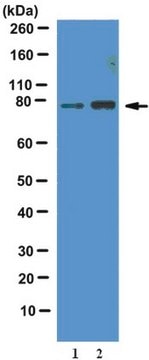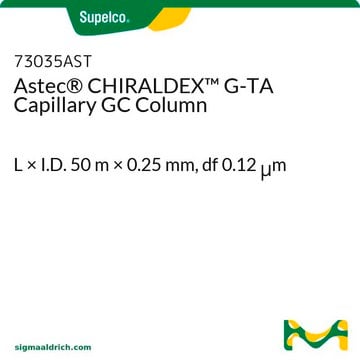Wichtige Dokumente
07-3230
Diethylphthalat
SAJ special grade, ≥98.0%
Synonym(e):
DEP
About This Item
Empfohlene Produkte
Qualität
SAJ special grade
Dampfdichte
7.66 (vs air)
Dampfdruck
1 mmHg ( 100 °C)
Assay
≥98.0%
Form
liquid
Selbstzündungstemp.
854 °F
Expl.-Gr.
0.75 %, 187 °F
Verfügbarkeit
available only in Japan
Brechungsindex
n20/D 1.502 (lit.)
bp
298-299 °C (lit.)
mp (Schmelzpunkt)
−3 °C (lit.)
Dichte
1.12 g/mL at 25 °C (lit.)
Anwendung(en)
microbiology
SMILES String
CCOC(=O)c1ccccc1C(=O)OCC
InChI
1S/C12H14O4/c1-3-15-11(13)9-7-5-6-8-10(9)12(14)16-4-2/h5-8H,3-4H2,1-2H3
InChIKey
FLKPEMZONWLCSK-UHFFFAOYSA-N
Suchen Sie nach ähnlichen Produkten? Aufrufen Leitfaden zum Produktvergleich
Lagerklassenschlüssel
10 - Combustible liquids
WGK
WGK 2
Flammpunkt (°F)
338.0 °F - closed cup
Flammpunkt (°C)
170 °C - closed cup
Persönliche Schutzausrüstung
Eyeshields, Gloves
Hier finden Sie alle aktuellen Versionen:
Analysenzertifikate (COA)
Die passende Version wird nicht angezeigt?
Wenn Sie eine bestimmte Version benötigen, können Sie anhand der Lot- oder Chargennummer nach einem spezifischen Zertifikat suchen.
Besitzen Sie dieses Produkt bereits?
In der Dokumentenbibliothek finden Sie die Dokumentation zu den Produkten, die Sie kürzlich erworben haben.
Unser Team von Wissenschaftlern verfügt über Erfahrung in allen Forschungsbereichen einschließlich Life Science, Materialwissenschaften, chemischer Synthese, Chromatographie, Analytik und vielen mehr..
Setzen Sie sich mit dem technischen Dienst in Verbindung.





